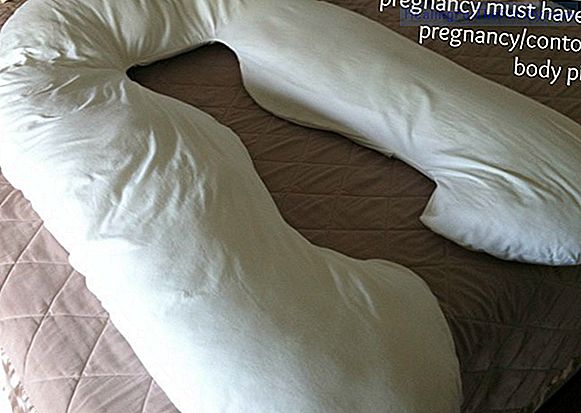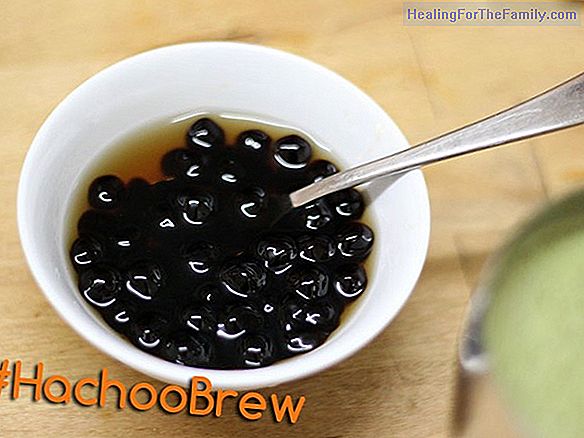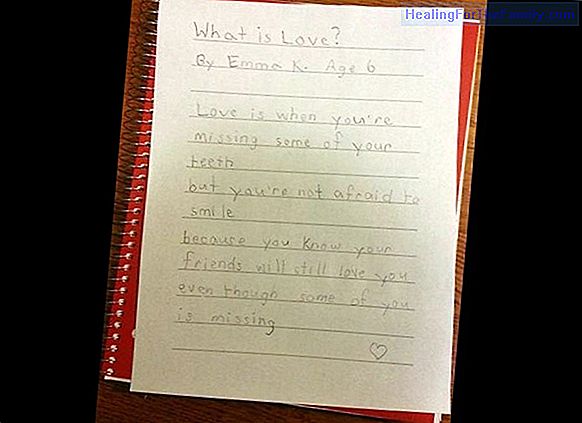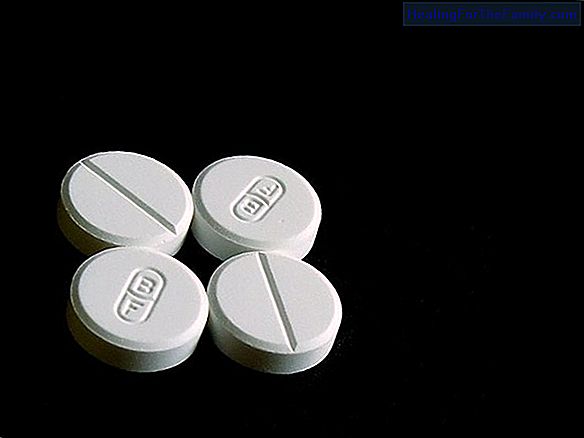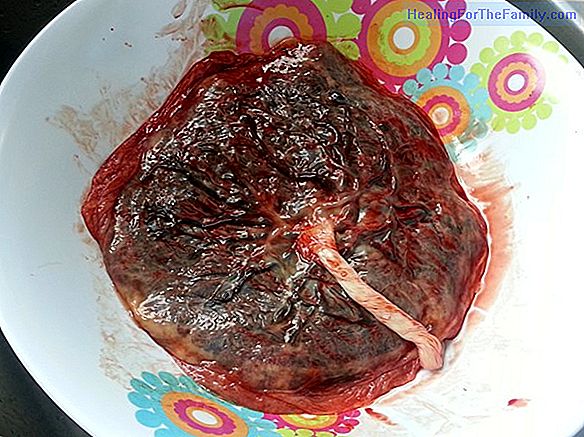The most dangerous spiders for children in Spain
In Spain there are only three spider species with potential danger for children : the black widow, the brown spider or the corners and the European tarantula. The rest are treated like other mild bites. Spiders do not actually bite , use their chelicerae or jaws to bite and inoculate the venom. Howe
In Spain there are only three spider species with potential danger for children: the black widow, the brown spider or the corners and the European tarantula. The rest are treated like other mild bites.
Spiders do not actually bite, use their chelicerae or jaws to bite and inoculate the venom. However, bite and bite are used interchangeably in this case. To avoid the absorption of the poison, it is always recommended to rest the local affection and cold.
The 3 most dangerous spiders in Spain for children

1. The black widow: Latrodectus tredecimguttatus (female black widow). It inhabits the Mediterranean basin, in warm rural areas. The bite usually goes unnoticed, but at 30-40 minutes there is a reddish lesion centered by two black or violet spots, separated by less than 6 mm. The poison (called α-latrotoxina) can produce a clinical picture known as latrodectismo, in any case rare in Spain. If it appears, the first symptoms appear approximately at the time of the bite (they can even appear after 15 minutes) and initially consist of sweating and agitation. During the following twelve hours may be associated: respiratory distress, increased heart rate, chest pain, hypertension, hypersalivation, painful muscle spasms, and if the picture evolves, it could lead to coma and even death, especially in young children. Although this very serious condition is very rare, in case of suspicion of this type of bite, it is urgent to go to a hospital center and maintain observation in a pediatric intensive care unit (PICU). There is an antidote but it can give rise to allergic reactions, therefore it must be administered in a hospital environment.
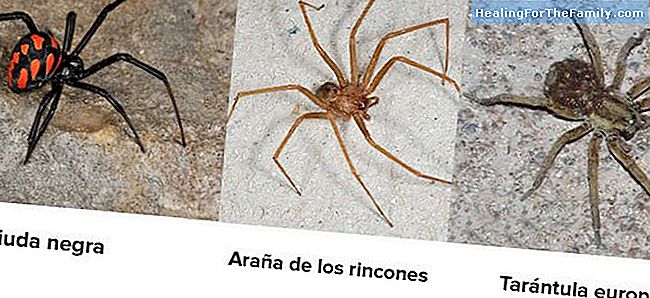
2. The corner spider: Loxosceles rufescens (brown or corner spider). It also inhabits the Mediterranean basin, but more in domestic, not rural. Live especially in corners, cupboards and behind the paintings. It is a fleeing spider, which only itches if it feels threatened and there is no way to escape (typical when putting a garment in the closet). The bite is not painful. Its main complication is the progressive development of blisters that give rise to an ulcer of torpid evolution and slow healing. Its poison is not very toxic in the Spanish variant. In exceptional cases, it can lead to a clinical picture known as loxoscelism: fever, muscle aches, vomiting, diarrhea or anemia. The treatment is recommended for any other bite, with the difference that local cures are usually necessary in the health center and oral analgesics. Corticosteroids and antihistamines have not been shown to be effective in stinging by this type of spider. In case of the appearance of symptoms, although the fatal evolution is exceptional, observation in a hospital with a pediatric ICU (PICU) is also recommended.
3. European tarantula: Lycosa tarantula (European tarantula): The size of those present in our country (usually on the Mediterranean coast) is lower compared to spiders of the same species from other regions of the world. They are also elusive and not very aggressive. Your bite is very painful no and does not present any specific characteristics. In some cases it can also evolve towards a blackish scar due to the effect of its poison. Despite the fame of these spiders, for the European variant the treatment is the usual of any other bite, and no serious cases have been described, except in allergic individuals. So in summary, there are few dangerous but eye, in case of symptoms beyond itching and pain, go to your health center or pediatric emergency, and let advice from experts.

